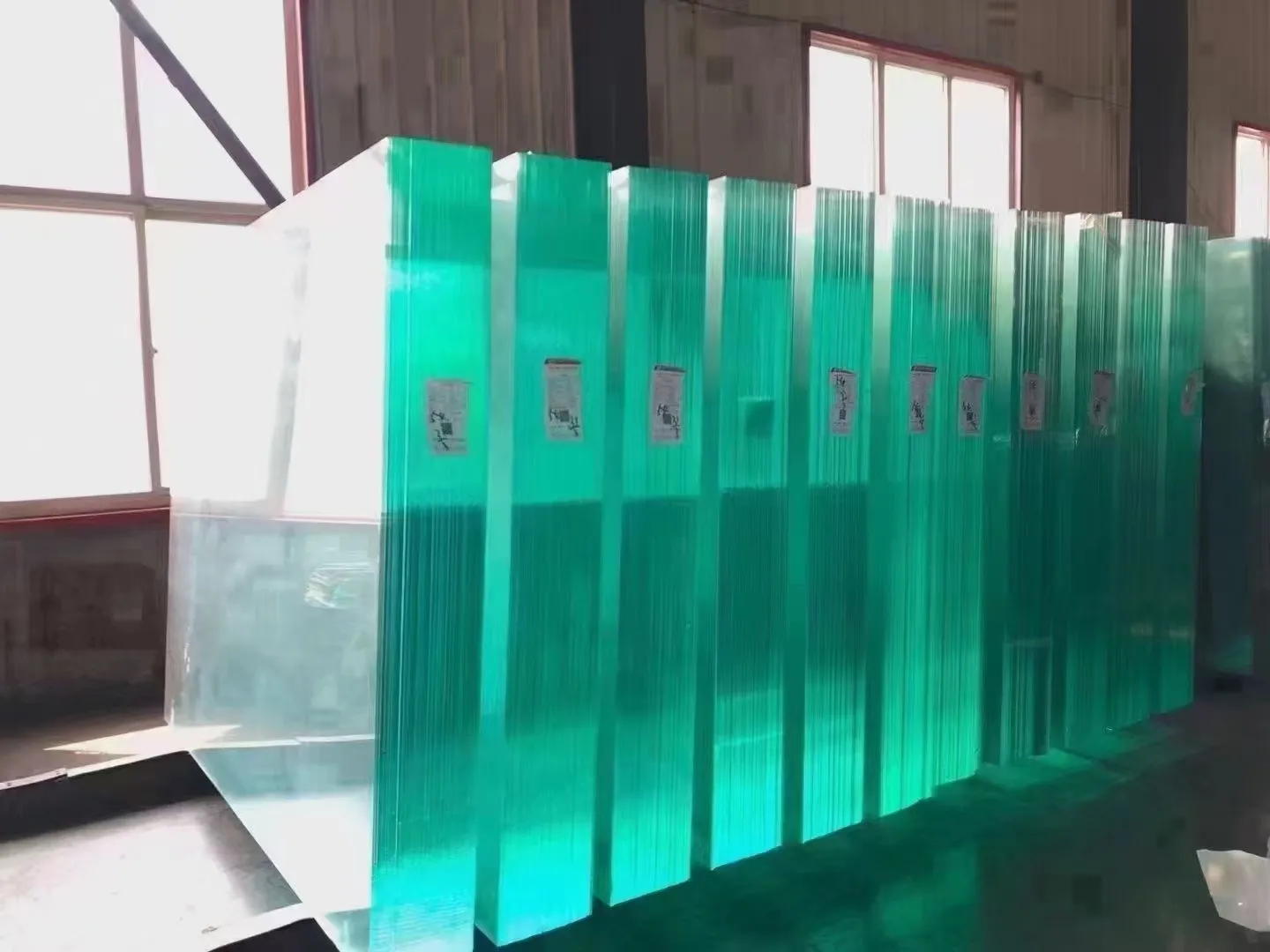The Aesthetic and Functional Appeal of Green-Tinted Glass Windows
In the world of architectural design and interior aesthetics, the use of colored glass has long been a favored trend. One of the most popular options is green-tinted glass, which adds a touch of elegance and serves various functional purposes. From residential homes to corporate office buildings, green-tinted glass windows not only enhance the visual appeal but also offer numerous benefits that make them an attractive choice for modern architecture.
The Aesthetic and Functional Appeal of Green-Tinted Glass Windows
Beyond aesthetics, green-tinted glass offers practical advantages, particularly in energy efficiency. One of the noteworthy features of tinted glass is its ability to control solar heat gain. Traditional clear glass windows can lead to excessive heat entering a building during the warmer months, forcing air conditioning systems to work harder, thereby increasing energy consumption. In contrast, green-tinted glass reflects a portion of the sun’s rays, reducing the amount of heat and glare that penetrates the interior. This not only helps maintain a comfortable indoor temperature but also lowers energy bills, aligning with the growing demand for sustainable building practices.
green tinted glass windows
Moreover, the use of green-tinted windows can enhance privacy without sacrificing natural light. In urban settings where buildings are closely packed, window coverings may seem necessary to maintain visual seclusion. However, green-tinted glass provides a subtle barrier, allowing occupants to enjoy their surroundings without feeling exposed. This balance between privacy and openness can be particularly advantageous in residential complexes, offices, and public buildings, where maintaining a welcoming atmosphere is essential.
From a health and well-being perspective, green-tinted glass contributes positively to the quality of indoor environments. Research has shown that exposure to natural light is crucial for improving mood and productivity. The gentle green hue can help to create a serene ambiance, promoting relaxation and focus. Furthermore, green is often associated with nature and renewal, leading to better emotional well-being for occupants. In spaces such as hospitals or educational institutions, these aspects can significantly impact overall comfort and satisfaction.
Additionally, green-tinted glass can provide UV protection, an essential consideration in any climate. Ultraviolet rays can cause damage to furnishings, artwork, and even flooring, leading to fading and deterioration over time. Green-tinted windows can filter out a substantial portion of these harmful rays, preserving the integrity of interior spaces and reducing the need for costly updates and repairs.
In conclusion, the allure of green-tinted glass windows lies not only in their aesthetic beauty but also in their multifaceted functionality. They serve as a bridge between nature and modern architecture, embodying a sustainable choice that enhances energy efficiency, privacy, and comfort. As design trends continue to evolve, embracing elements that resonate with the environment becomes increasingly important. Green-tinted glass stands as a testament to this shift, proving that beauty and functionality can coexist harmoniously in the architectural realm, ultimately creating spaces that are as inviting as they are practical.
 Afrikaans
Afrikaans  Albanian
Albanian  Amharic
Amharic  Arabic
Arabic  Armenian
Armenian  Azerbaijani
Azerbaijani  Basque
Basque  Belarusian
Belarusian  Bengali
Bengali  Bosnian
Bosnian  Bulgarian
Bulgarian  Catalan
Catalan  Cebuano
Cebuano  Corsican
Corsican  Croatian
Croatian  Czech
Czech  Danish
Danish  Dutch
Dutch  English
English  Esperanto
Esperanto  Estonian
Estonian  Finnish
Finnish  French
French  Frisian
Frisian  Galician
Galician  Georgian
Georgian  German
German  Greek
Greek  Gujarati
Gujarati  Haitian Creole
Haitian Creole  hausa
hausa  hawaiian
hawaiian  Hebrew
Hebrew  Hindi
Hindi  Miao
Miao  Hungarian
Hungarian  Icelandic
Icelandic  igbo
igbo  Indonesian
Indonesian  irish
irish  Italian
Italian  Japanese
Japanese  Javanese
Javanese  Kannada
Kannada  kazakh
kazakh  Khmer
Khmer  Rwandese
Rwandese  Korean
Korean  Kurdish
Kurdish  Kyrgyz
Kyrgyz  Lao
Lao  Latin
Latin  Latvian
Latvian  Lithuanian
Lithuanian  Luxembourgish
Luxembourgish  Macedonian
Macedonian  Malgashi
Malgashi  Malay
Malay  Malayalam
Malayalam  Maltese
Maltese  Maori
Maori  Marathi
Marathi  Mongolian
Mongolian  Myanmar
Myanmar  Nepali
Nepali  Norwegian
Norwegian  Norwegian
Norwegian  Occitan
Occitan  Pashto
Pashto  Persian
Persian  Polish
Polish  Portuguese
Portuguese  Punjabi
Punjabi  Romanian
Romanian  Russian
Russian  Samoan
Samoan  Scottish Gaelic
Scottish Gaelic  Serbian
Serbian  Sesotho
Sesotho  Shona
Shona  Sindhi
Sindhi  Sinhala
Sinhala  Slovak
Slovak  Slovenian
Slovenian  Somali
Somali  Spanish
Spanish  Sundanese
Sundanese  Swahili
Swahili  Swedish
Swedish  Tagalog
Tagalog  Tajik
Tajik  Tamil
Tamil  Tatar
Tatar  Telugu
Telugu  Thai
Thai  Turkish
Turkish  Turkmen
Turkmen  Ukrainian
Ukrainian  Urdu
Urdu  Uighur
Uighur  Uzbek
Uzbek  Vietnamese
Vietnamese  Welsh
Welsh  Bantu
Bantu  Yiddish
Yiddish  Yoruba
Yoruba  Zulu
Zulu 

